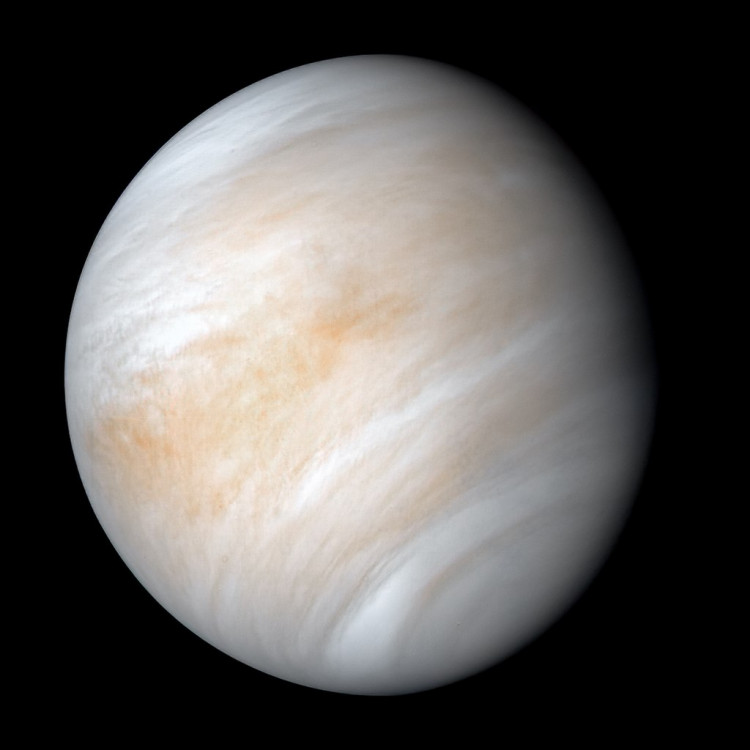Some scientists believe Venus was previously more Earth-like, with oceans and comfortable surface temperatures; NASA's DAVINCI mission will help us find out whether this intriguing theory has any grain of truth to it.
The agency has released a new video showcasing the Deep Atmosphere Venus Investigation of Noble Gases, Chemistry, and Imaging -- DAVINCI for short -- mission and the science it will do on our twin planet.
"Venus is waiting for us all, and DAVINCI is ready to take us there and ignite a new Venus renaissance," narrator Giada Arney, a planetary scientist at NASA's Goddard Space Flight Center in Maryland, says in the video.
The DAVINCI mission, which will launch in 2029, will transport a diverse set of equipment to Venus in order to answer long-standing questions concerning Earth's sister planet.
According to the video, the mission is divided into two parts. First, there'll be the main spacecraft, which will fly past the planet twice to explore its atmosphere and nightside surface. The spacecraft's atmospheric research will focus on tracking how clouds evolve over time and identifying a mysterious molecule that absorbs ultraviolet light in an unusual manner.
Meanwhile, the other task will map the surface in infrared light, as the rock releases its absorbed heat during the long night. Scientists think that the data may aid in their understanding of how the planet's unique highlands evolved.
Seven months after the first contact, the probe will perform a one-hour dive through the clouds, transmitting back data the entire time. The probe will detect the composition, temperatures, pressures, and winds present at each layer of Venus's atmosphere while the main spacecraft observes.
Scientists hope that by combining all of this data, they would be able to better understand not only the planet today, but also its past, including whether or not the world historically had water.
Once the surface is visible, the probe will take high-resolution photos of the Alpha Regio Tesserae area. Many patches of tesserae may be seen on Venus's surface, where the rock has repeatedly shattered and folded in a way that only occurs deep below the Earth's crust.
Scientists expect that by learning more about the tesserae and how they came up on Venus' surface, they may be able to put together more of the planet's history.
Another Venus mission, called VERITAS (Venus Emissivity, Radio Science, InSAR, Topography, and Spectroscopy), is scheduled to launch in 2028. It will provide us with the most detailed global mapping of Venus's surface, allowing us to pinpoint precise geologic and volcanic processes that actively alter it.
The mission will also reveal how similar planets in the cosmos may evolve, how probable they are to support life, and how we should define habitable zones around stars.
Check out the DAVINCI probe in action below.






